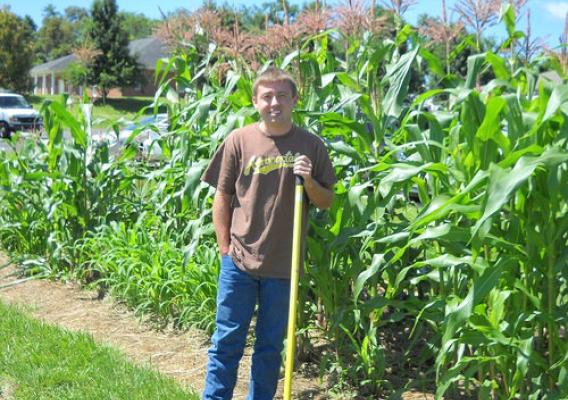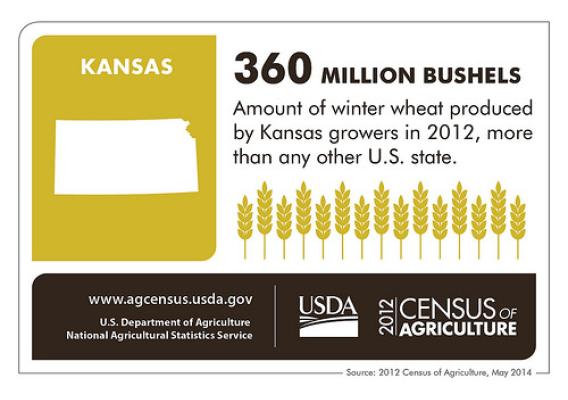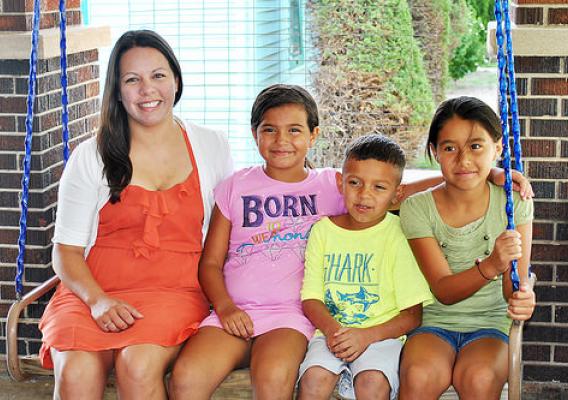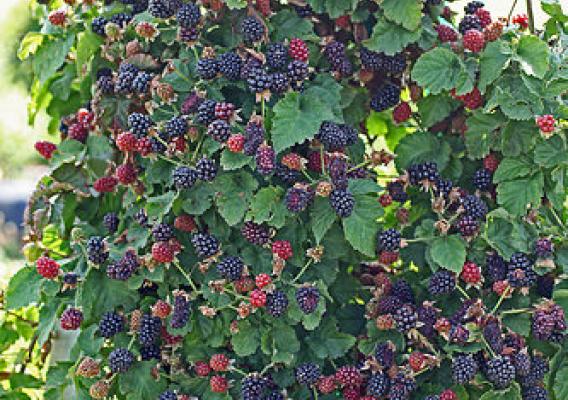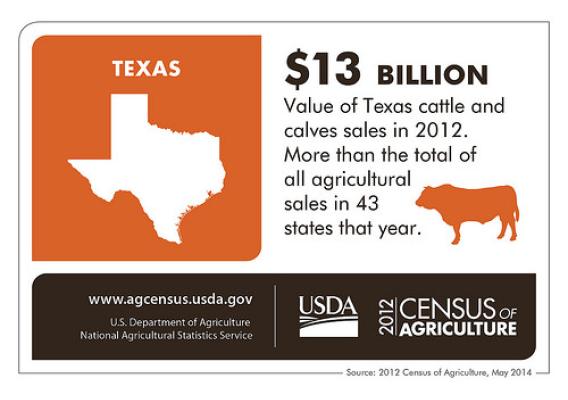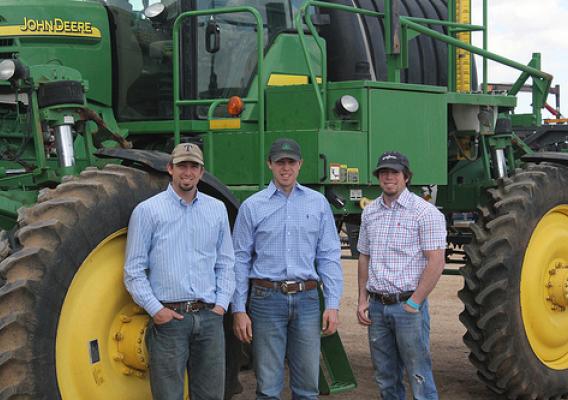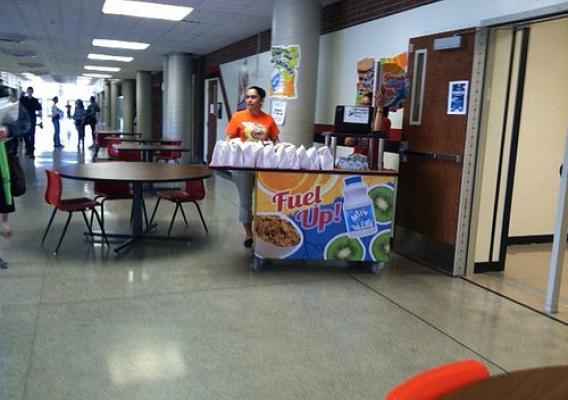The following guest blog is part of our Cafeteria Stories series, highlighting the efforts of hard working school nutrition professionals who are dedicated to making the healthy choice the easy choice at schools across the country. We thank them for sharing their stories!
By Denise Kahler, Communications Director, Kansas State Department of Education
More than 70 percent of Liberal High School’s student population qualify for free or reduced meals. Yet, only 11 percent of the entire student population was taking advantage of the school’s breakfast program. While we would like to believe that all kids eat a healthy breakfast at home and come to school ready to learn, that’s not reality. Additionally, most high school kids would rather stay in bed as long as possible or choose to socialize with friends before school instead of taking the time to eat breakfast. For some students, buses don’t arrive at the school early enough for them to participate in the breakfast program and for others, they simply aren’t ready to eat until they’ve been awake for a while. Whatever the case, Liberal High’s breakfast program participation was too low and too many kids were turning to vending machines for snacks to get them through the day.
Knowing that something needed to be done, the school nutrition staff secured the support of the principal and a grant from the Midwest Dairy Council to find a way to increase breakfast participation. Staff knew that whatever they did, it had to be fast (kids only had five minute passing periods), would have to be fuss-free and easy to handle since kids would be taking their breakfast to class, would have to include food items that were appealing to students and included yogurt or cheese every day, and were available in a location that was easily accessible to students.


